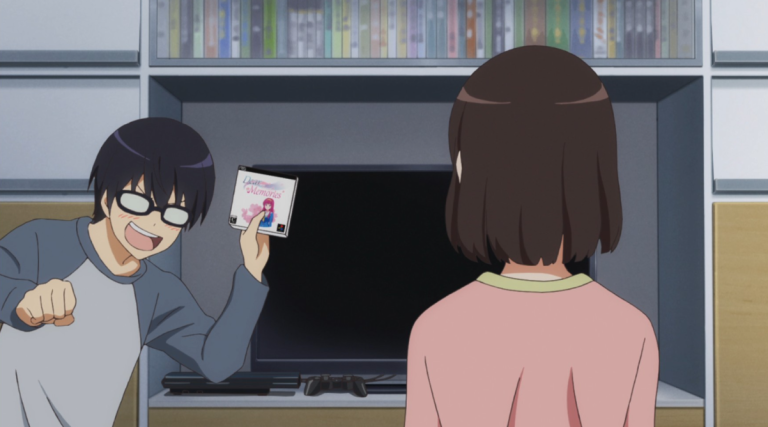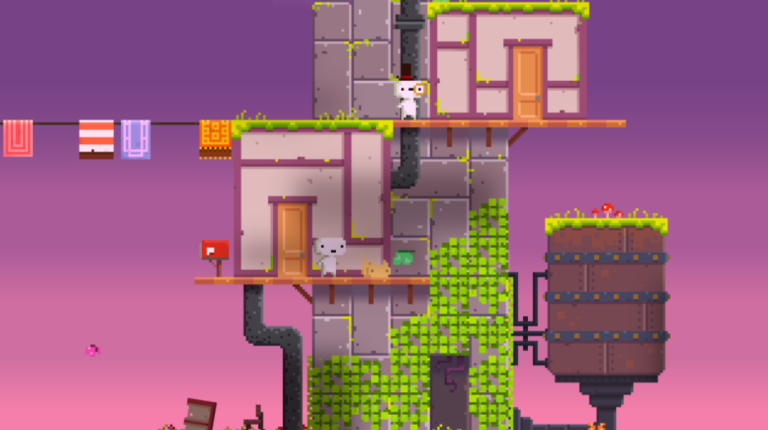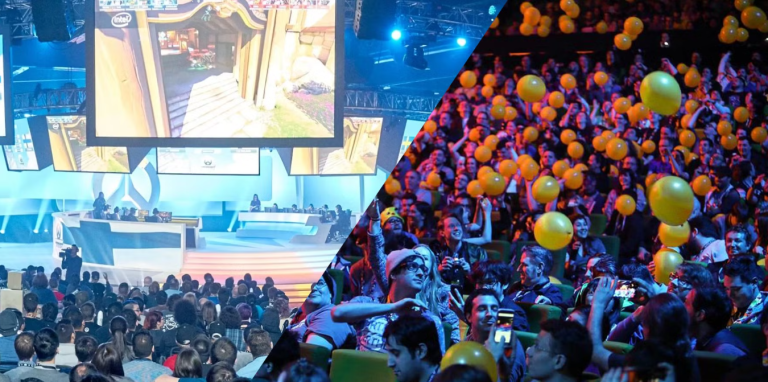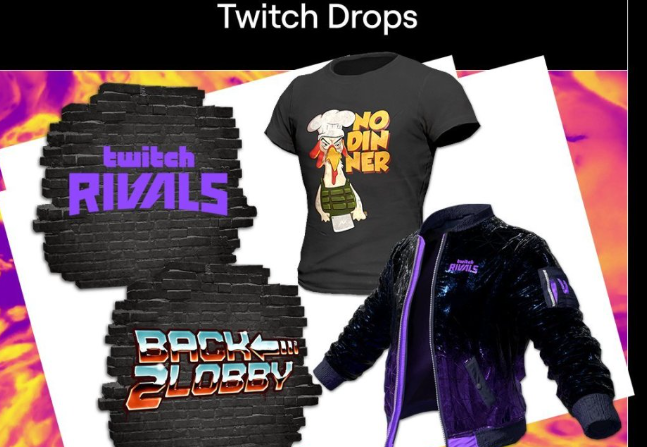
The story of gamer fashion has long gone beyond the screen and the game itself. Imagine Jack, who’s sitting at home playing his favorite games, wearing a hoodie branded with his favorite streamer’s logo. It’s not just about comfort — it’s his way of saying, “This is me. I belong here.” That hoodie isn’t just clothing; it’s an extension of his identity and a symbol of his passion for gaming culture.
Twitch, one of the world’s hottest streaming platforms, has evolved into more than just a place to watch gameplay. It’s a social hub where streamers and viewers connect. The apparel and merchandise streamers wear — from simple hats to limited-edition tees — are quietly becoming cultural icons. They’re markers of community and belonging.
Take Amy, for example. She was once just a casual gamer and a big fan of a popular streamer named Lisa. Lisa’s style — bold colors, unique designs, even some vintage streetwear vibes — caught Amy’s eye. When Amy bought Lisa’s official baseball cap for the first time and wore it out, she found herself recognized by fellow fans, striking up new friendships. For Amy, that cap was more than just an accessory — it opened doors to a whole new social circle.
Behind this fashion and merch boom lies a tight-knit bond between streamers and their audiences. By designing and selling their own merchandise, streamers offer fans a way to participate beyond just chatting or sending bits during streams. Fans become part of a community, proudly wearing their favorite streamer’s gear at conventions, meetups, and even just out on the street.
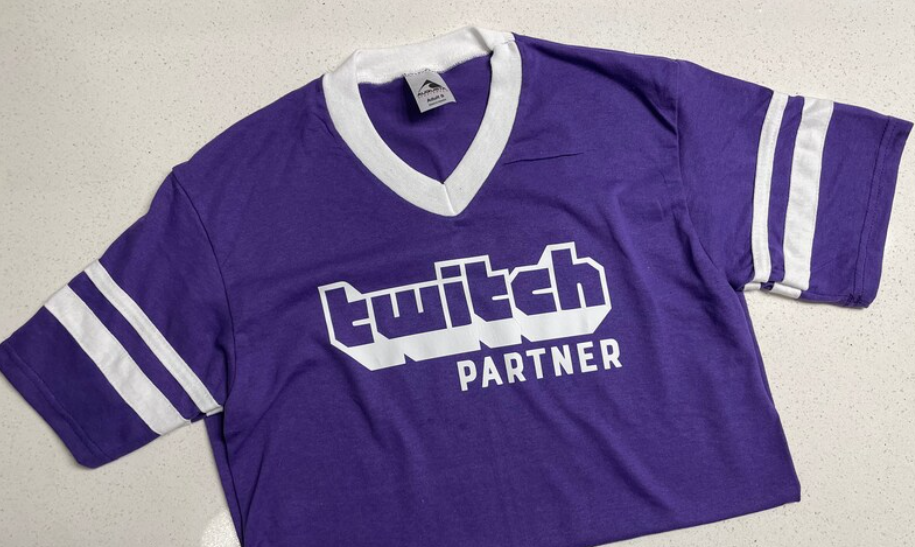
This influence has also spilled over into the wider fashion scene. Kevin, who runs a trendy streetwear shop, told me that some of the best-selling items recently have been hats and hoodies inspired by popular Twitch streamers and game IPs. These designs aren’t just a passing fad; they’re a language gamers use to express who they are. Even without saying a word, the clothes speak for them — signaling what games they love and what communities they’re part of.
This phenomenon resembles other fan cultures like music and sports but has its own unique “gaming flavor.” Richard, a veteran esports player, shared that wearing a streamer’s official hoodie during tournaments made him feel like he had a new kind of confidence — like he was carrying the spirit of the community with him. That sense of belonging gave him an edge and deepened his connection to the esports world.
On social media, you’ll see fans posting selfies in matching merch, sharing “same style” photos, and even creating groups to swap and discuss streamer apparel. The atmosphere in streams grows livelier because clothing isn’t just fabric — it’s a way to communicate without words.
Streamers themselves are becoming more aware of their “fashion image.” Gone are the days when they’d just throw on any T-shirt for a stream. Popular streamers like Emily and Josh now hire designers and collaborate with fashion brands to create exclusive merch lines. Their personal brand becomes more polished, and fans are eager to buy. After all, who wouldn’t want to rock the same gear as their idol?
At the same time, Twitch merchandise has sparked new entrepreneurial opportunities. Kelly, an independent designer, specializes in creating apparel for streamers. She told me that her designs need to balance trendy fashion with authentic gaming culture to win over fans. Her clients range from up-and-coming Twitch creators to esports event organizers. This fusion of fashion and gaming culture has made the industry vibrant and exciting.
More importantly, gamer fashion signals a shift from “nerd culture” to mainstream culture. Where once gaming might have been dismissed as a niche hobby, now wearing game-related apparel in public or attending fan gatherings is a statement of style and community. Just like Jack and Amy, everyday players use their clothing to tell the world who they are and where they belong.
Some might wonder if this trend will fade like other fast-fashion crazes. But that seems unlikely — because it’s rooted in genuine emotional connections between fans and their favorite streamers. As long as streamers keep producing great content, their communities and merch sales will stay strong.
Tom, whom I know personally, went from being a casual viewer to a streamer with his own apparel brand. He found that when fans wore his merch to streams and events, it created a powerful sense of community that boosted both morale and income. To him, merchandise is not just product — it’s culture.
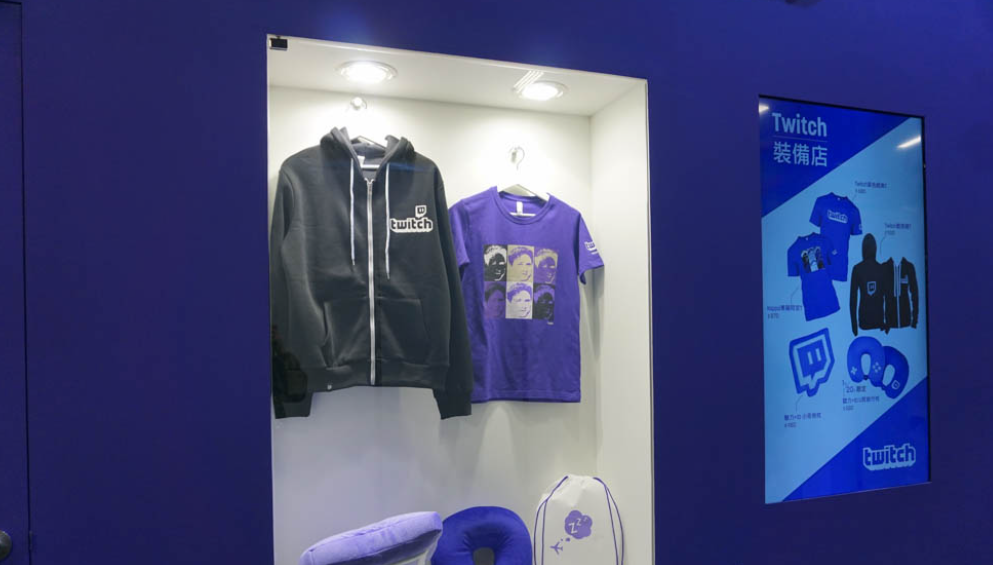
In short, Twitch apparel and merch are more than just clothes — they’re symbols of identity and an essential part of the fan economy. They deepen the bond between streamers and their communities and enrich gamer culture with new meaning and diversity. With streaming and esports only growing bigger, gamer fashion is set to become an unstoppable force in gaming culture.
Have you ever worn your favorite streamer’s merch to a meetup or tournament? What’s your favorite piece of gaming apparel? Share your story in the comments — let’s talk about this amazing culture that gamers wear on their sleeves!
![]()
